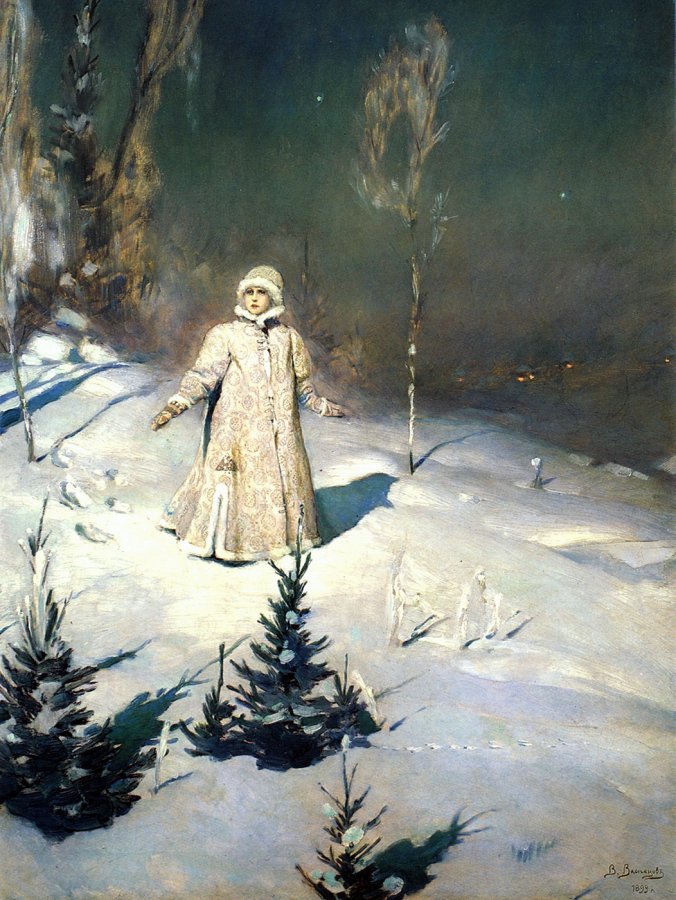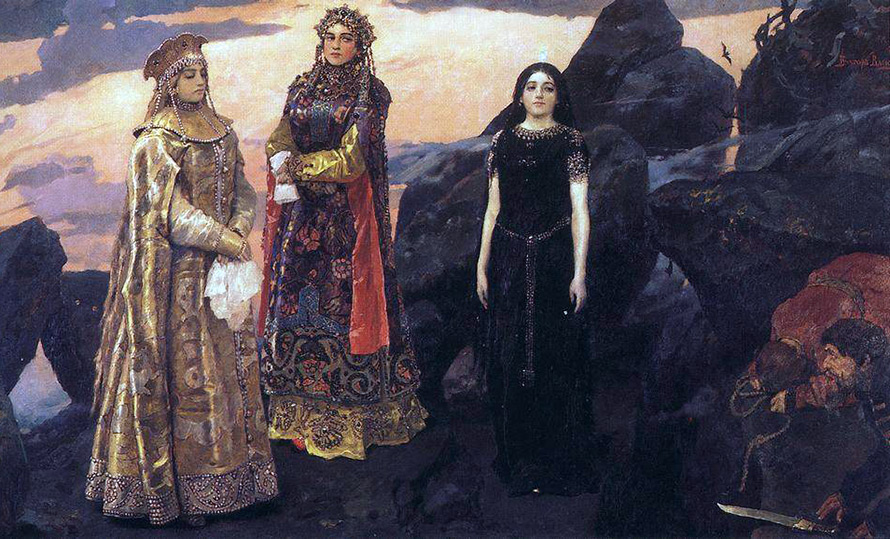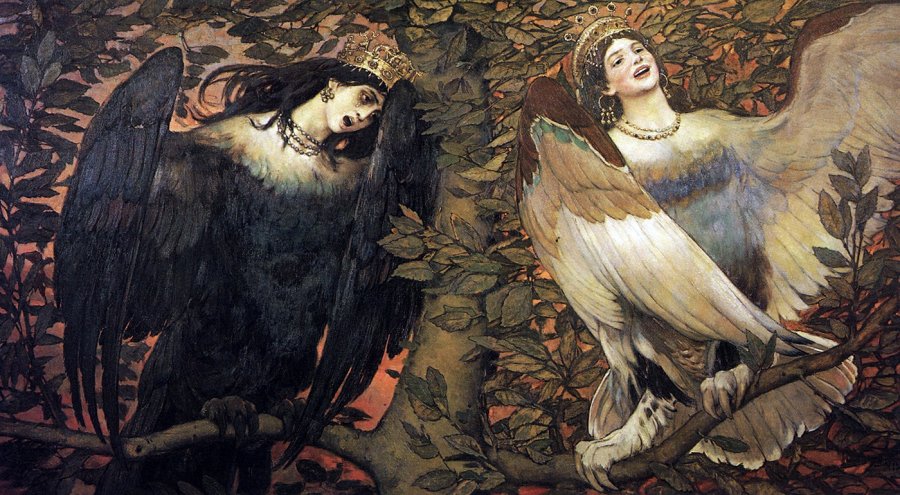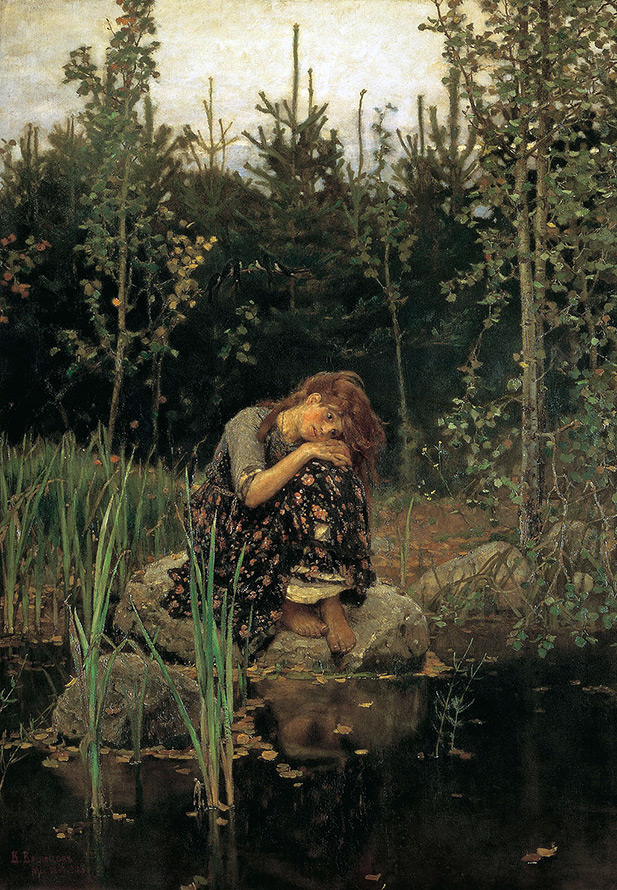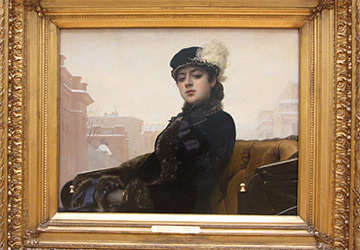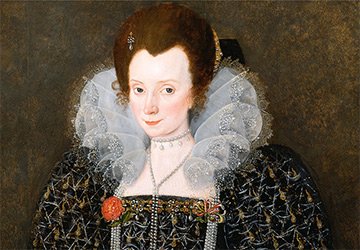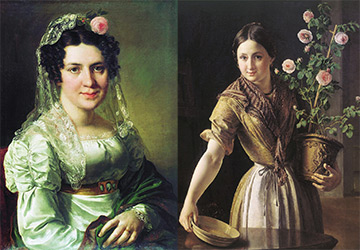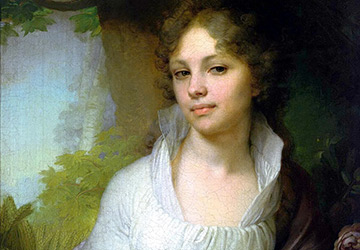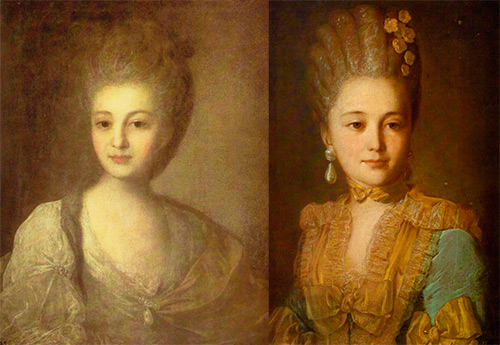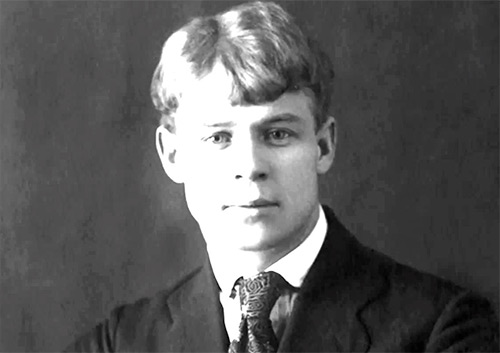Beautiful girls
Vera Mamontova and paintings by Vasnetsov
Each of us has our own concept of beauty. And to the question - what is beauty? - you can answer in different ways. The poet Nikolai Zabolotsky once wrote:
“So what is beauty? And why do people deify her? Is it a vessel, in which there is emptiness, or a fire flickering in a vessel? "
Apparently, for someone the vessel is beautiful, but for someone the fire contained in the vessel.
The beauty of Russian women, in the portraits of great artists left to us as a legacy, will probably forever attract everyone - both those who see only a vessel, and those who notice the fire. To explain it simply, the portraits keep the unfading light of the soul, which the artist saw and was able to convey.
That is why in the house-museum in Abramtsevo the portrait of a young girl in a light dress stops and attracts. Her slender figure and her gaze turned at us, in which he may think, or perhaps sadness, makes him stop and think. Behind the girl's back is the shadow of the green trees, and she herself - her figure, her face - as if illuminated by some mysterious light.
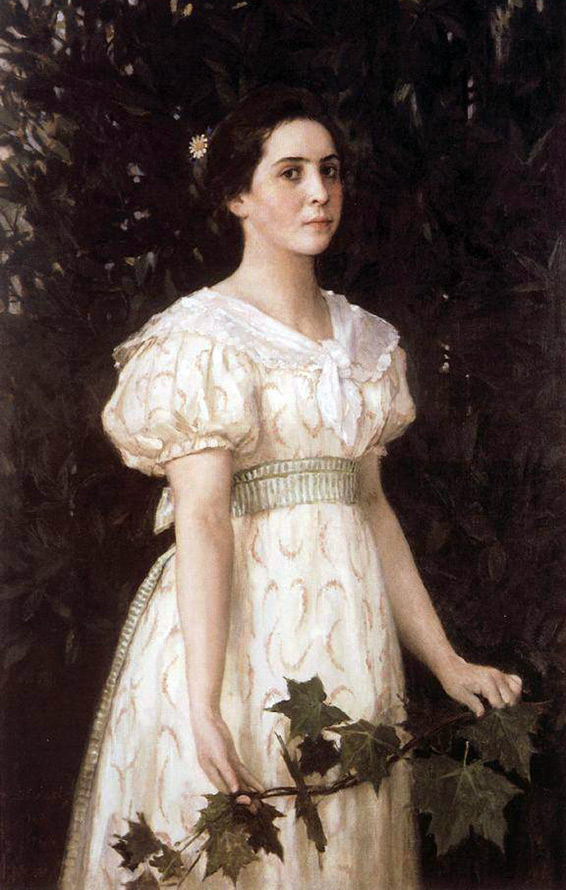
The portrait of Vera Mamontova was painted by the artist V.M. Vasnetsov on July 27, 1896, in Abramtsevo. Viktor Mikhailovich Vasnetsov first appeared on the estate of Savva Ivanovich Mamontov in the late 70s.
He studied in St. Petersburg and gained fame there as a talented artist: his everyday scenes from the life of people of different strata were recognized by critics. But he began to look for new themes and paths in art, he dreams of themes from Russian history, dreams of creating images of heroes of Russian epics and fairy tales on his canvases. In Moscow, no one knows him, but one of the first who saw him and discerned his greatest talent was Savva Ivanovich Mamontov.
Nature generously endowed Savva Ivanovich with artistic flair, he had both musical abilities and the talent of a sculptor. But his main talent was the talent of the director and ideologist of the theater. He made acquaintances with artists, helped cultural organizations, arranged home performances, organized a Private Opera Company. He was not just the owner of the theater, but also his soul and generator of ideas.
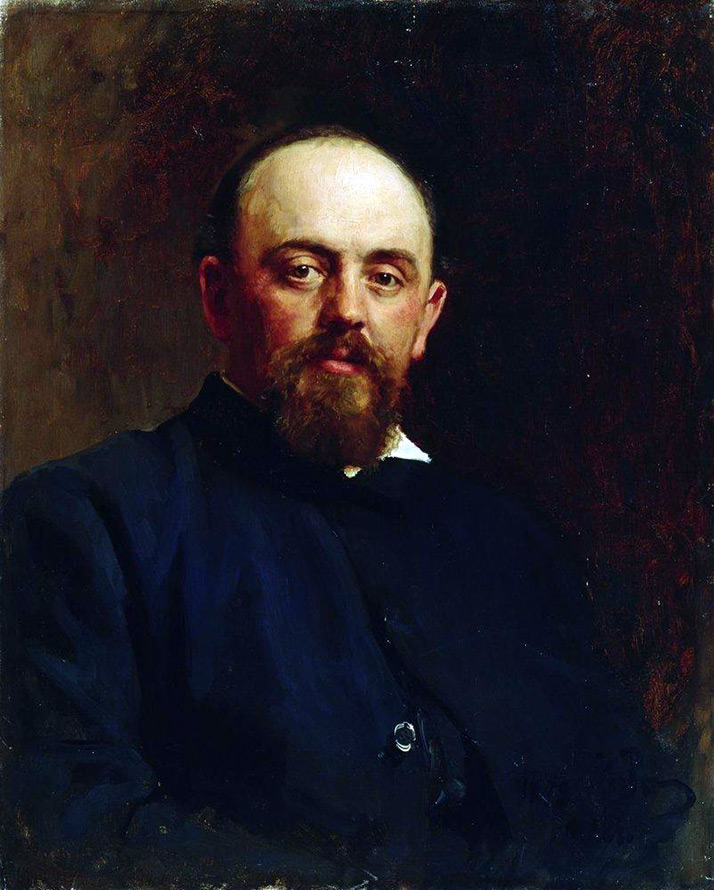
Savva Ivanovich Mamontov
Savva Ivanovich created a space in the theater in which a creative person could breathe easily and freely, where joint work became joy, contributed to the birth of ideas and inspiration. In his estate Abramtsevo, masterpieces by I.E. Repin, V.M. Vasnetsov, I.I. Levitan, M.M. Antokolsky, V.A. Serov, M.V. Nesterov, M.A. D. Polenov and E. D. Polenova, K. A. Korovin; here, thanks to the environment of talented artists and musicians, F.I.Shalyapin's talent grew.
Savva Ivanovich provided significant support to many artists, some of them lived in a hospitable house for a long time. This is where Viktor Mikhailovich Vasnetsov settled with his family in one of the backyard outhouses. Often the children of Mamontov entered the artist's studio, from whom he singled out the mischievous Verochka. The charming girl drew attention to herself with the unusual look of the deep black eyes of all the inhabitants of Abramtsevo.
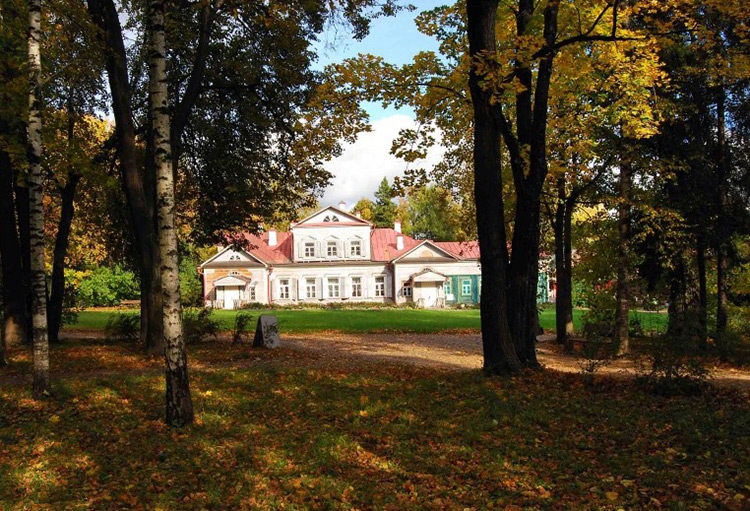
When the sculptor M.M. Antokolsky, he called her “Abramtsevo goddess”. And then, in his correspondence with Mamontov, he often asked - "How is the Abramtsevo goddess doing?"
In 1881 Vasnetsov decided to write his "Alyonushka". All the nature around Abramtsev helped him in this, and the village girls posed. But something did not work out in the face of Alyonushka, it seemed to him that not a single girl was in any way like Ivanushka's sister. And suddenly the artist realized that his Alyonushka must have Vera's eyes. She was then seven years old. He rewrote the face of his heroine, and in the morning the canvas was ready.
All the inhabitants of Abramtsev were delighted.Vasnetsov had a special warm relationship with Mamontov's children, and a monument to this friendship was the "Hut on Chicken Legs" built according to his drawing, which still stands in the Abramtsevo park-museum. Here in Abramtsevo there was also a production of the play "Snow Maiden" Ostrovsky, the scenery for which was painted by Vasnetsov.
Everything about them was real - primordially Russian: the Berendeev Palace, and Bobyl's hut, and Berendeevka herself. And after the New Year holidays, all the children remembered for a long time the cheerful joker Santa Claus, played by Viktor Mikhailovich himself. And then with the same scenery on the stage of Mamontov's Private Opera, Rimsky-Korsakov's opera The Snow Maiden sounded. This was an outstanding event in the theatrical life in Russia.
The creative creations of V.M. Vasnetsov's were magnificent and met with delight. With his talent as an artist, he revealed the foundations of the Russian national character. Vasnetsov was convinced that the Russian soul was fully embodied in epics, fairy tales and songs, and from folk art you can draw endlessly. "... All my life I have been striving as an artist to understand, unravel and express the Russian spirit."
At the beginning we talked about beauty, and so beauty for V.M. Vasnetsova was inseparable from the idea of a Russian character. If you look at the female images of Vasnetsov, you can see that the artist in their depiction came from the popular understanding of beauty - remember the words from Russian epics - "a written beauty, a blush all over her cheek, majesty, tenderness, acts like a pava".
We can learn about the power of beauty, about its effect on a person from Russian folk tales, where courageous heroes perform feats, seeking the hand and heart of a beauty.
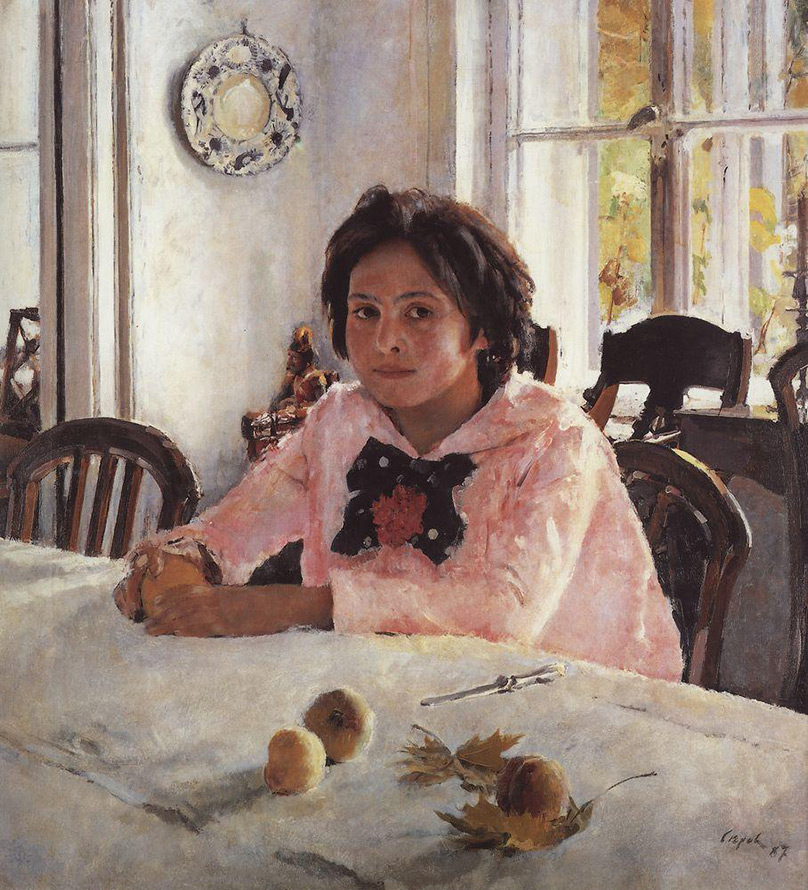
Valentin Serov - Girl with peaches
Vasnetsov wanted to write Vera Savvichna Mamontova for a long time, but Valentin Serov, who wrote "The Girl with Peaches" in 1887, when Vera was 12 years old, already glorified her, and was a resounding success. This painting was bought by Tretyakov for his gallery. Vasnetsov wrote to Verochka, but later, when she had already become a bride.
He is painting a girl in the garden - in her hand is a branch of grapes, and in her hair is a small modest chamomile. Now she is not the same Vera-rezvushka as V. Serov saw her, she is the Abramtsevo goddess. Probably, when Vasnetsov created her portrait, he was thinking about unwritten portraits of fairytale princesses. Before us is a beautiful and mysterious girl, illuminated by a wonderful light.
In life, Vera was happy, she had a successful marriage, but her life turned out to be too short. She caught a cold and died at 32. But on the canvases of the great Russian artists V.M. Vasnetsov and V.A. Serov's eternal life is destined for her.
Comments and Reviews
Add a comment
Similar materials
Rating news
Shades of clothing that make women look younger
What shades of hair make women younger: rules and photos
Funny wedding dresses - photos and ideas
12 most expensive down jackets for the winter
How to look 25 at 40: tips from supermodels
Beautiful schoolgirls
Anti-aging haircuts and hairstyles for women
Fashionable skirts for autumn and winter
Fashionable women's trousers for the cold season
Fashionable and stylish sandals for summer 2024
Spring-summer 2024
 Fashionable dresses and tops with thin spaghetti straps
Fashionable dresses and tops with thin spaghetti straps
 Bandana tops: how to wear stylishly and beautifully
Bandana tops: how to wear stylishly and beautifully
 How to put together the perfect men's wardrobe for the summer
How to put together the perfect men's wardrobe for the summer
 Fashionable shorts for spring-summer 2024
Fashionable shorts for spring-summer 2024
 Fashionable skirts for spring-summer 2024: a guide to online shopping
Fashionable skirts for spring-summer 2024: a guide to online shopping
 The most fashionable dresses spring-summer 2024: styles and colors
The most fashionable dresses spring-summer 2024: styles and colors
 Fashionable total look 2024: image ideas and trends
Fashionable total look 2024: image ideas and trends
